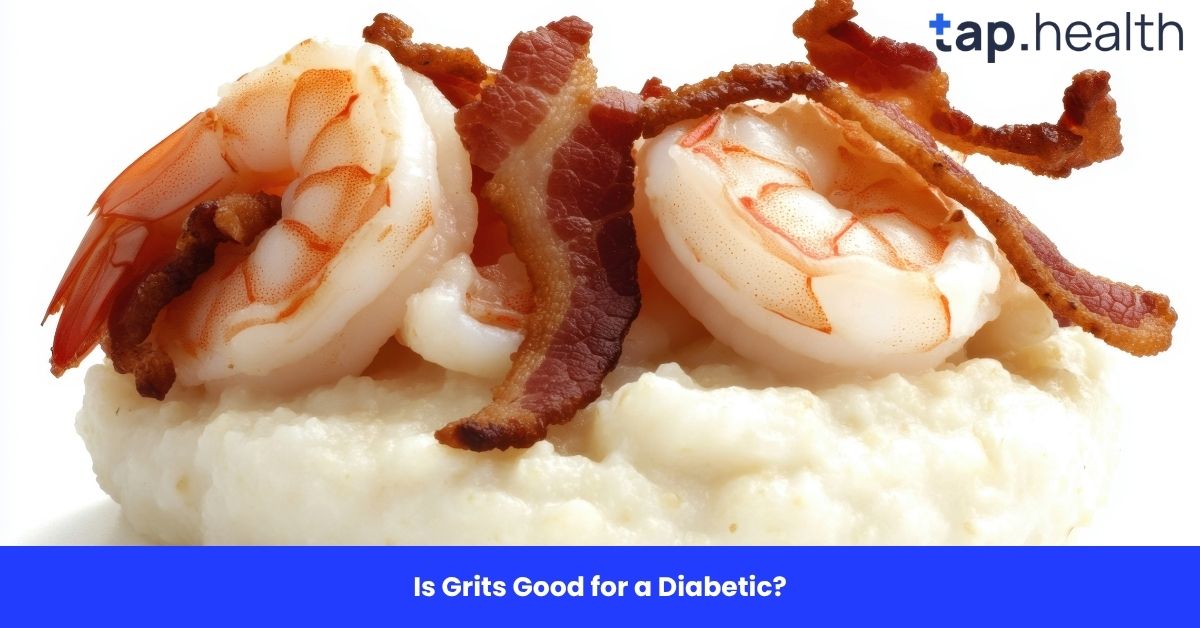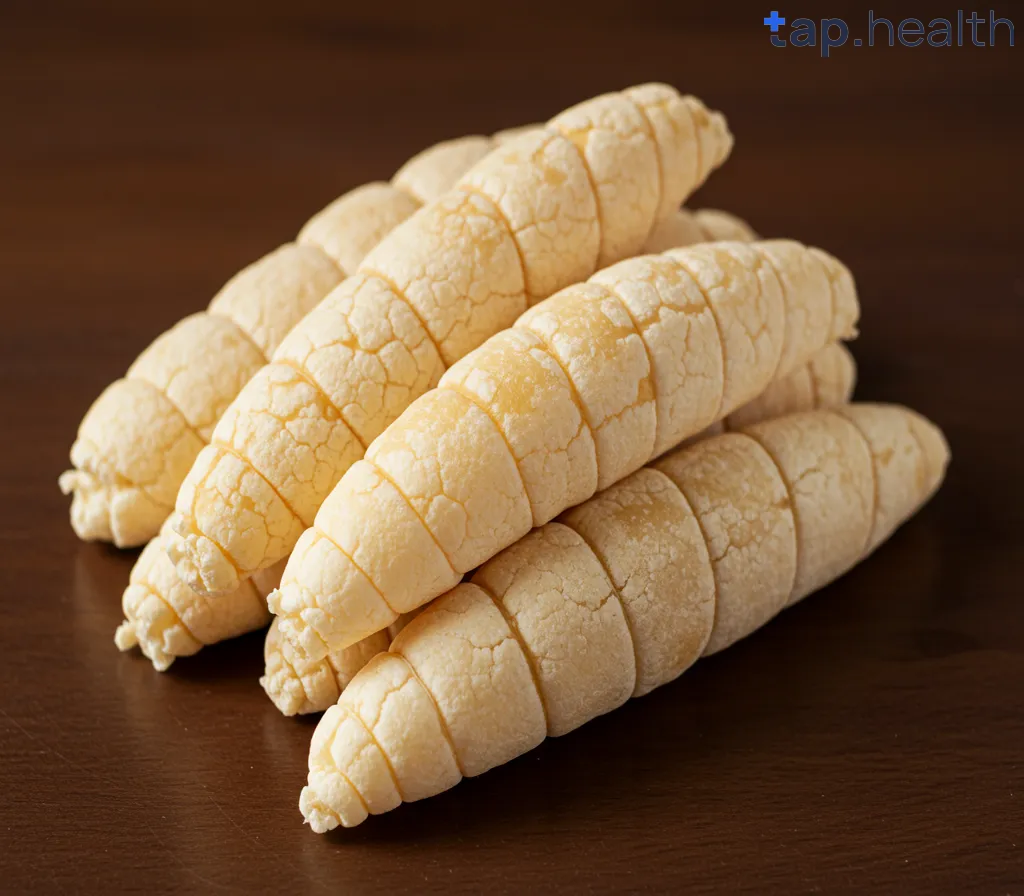For individuals with diabetes, indulging in sweet treats like cake often feels like an impossible luxury. However, with the right ingredients and a little creativity, you can enjoy a slice of cake without the sugar spike! In this blog post, we will explore some delicious homemade diabetic cake recipes that are low in sugar and carbs, making them the perfect treat for those managing diabetes.
Whether you’re craving a rich chocolate cake, a moist carrot cake, or a refreshing fruit-based dessert, we’ve got the recipes you need to satisfy your sweet tooth without compromising your health. Let’s dive into how you can make healthy, diabetic-friendly cakes right at home.
Why Homemade Diabetic Cake Recipes Are Important
Eating cake with diabetes doesn’t have to mean giving up on flavor. Homemade diabetic cakes offer several advantages over store-bought cakes:
- Control Over Ingredients: When you bake at home, you control what goes into your cake, allowing you to avoid added sugars, artificial sweeteners, and unnecessary preservatives often found in store-bought cakes.
- Lower Sugar Content: Homemade diabetic cakes use natural substitutes for sugar like stevia, monk fruit, or erythritol, which are far gentler on blood sugar levels.
- Customizable to Your Taste: You can experiment with various ingredients to find what works best for your taste preferences while keeping the recipe diabetes-friendly.
- Healthier Alternatives: You can include healthier ingredients such as whole grain flours, low-fat dairy, and healthy fats like coconut oil or olive oil.
Ingredients for Homemade Diabetic Cakes
The key to making diabetic-friendly cakes is to use the right ingredients. Here are some common ingredients you’ll find in homemade diabetic cake recipes:
1. Sugar Substitutes
Instead of regular sugar, diabetics use sugar substitutes that have little to no effect on blood sugar levels. Here are a few common sugar substitutes:
- Stevia: A plant-based sweetener that has zero calories and does not raise blood sugar levels.
- Monk Fruit: Another natural sweetener with no calories and no glycemic impact, perfect for low-carb or diabetic-friendly baking.
- Erythritol: A sugar alcohol that tastes like sugar but has minimal impact on blood glucose levels. It’s also lower in calories.
- Xylitol: A sugar alcohol similar to erythritol but with a slightly higher glycemic index. It’s still much better than regular sugar.
2. Flour Substitutes
Traditional cakes use refined white flour, which is high in carbohydrates. For diabetic-friendly cakes, you’ll want to use lower-carb flour alternatives:
- Almond Flour: A low-carb, high-protein flour that is a great option for diabetic cake recipes.
- Coconut Flour: Another low-carb flour that absorbs more liquid, so recipes may need extra moisture.
- Whole Wheat Flour: While not as low in carbs as almond or coconut flour, whole wheat flour is a healthier option than refined white flour.
3. Healthy Fats
Instead of butter or vegetable oil, opt for healthier fats:
- Coconut Oil: A healthy fat that adds a subtle flavor and is stable at high temperatures.
- Olive Oil: Packed with monounsaturated fats, making it a heart-healthy option for baking.
- Avocado: A creamy, healthy fat that can replace butter in many cake recipes.
4. Dairy Alternatives
For a lighter and lower-calorie option, you can use dairy substitutes in your cake recipes:
- Greek Yogurt: Adds moisture and protein to cakes.
- Almond Milk: A lower-calorie milk alternative that works well in cakes.
- Coconut Milk: A creamy alternative that pairs well with tropical cake flavors.
5. Egg Alternatives
Eggs help bind ingredients together in cakes, but there are egg substitutes for those looking to avoid eggs:
- Flaxseed Meal: Mixed with water, flaxseed meal forms a gel-like consistency that works well as an egg substitute.
- Chia Seeds: Similar to flaxseeds, chia seeds can also be used to replace eggs in baking.
Best Homemade Diabetic Cake Recipes
Now that you know the basic ingredients for diabetic-friendly cakes, let’s take a look at some delicious recipes you can try at home.
1. Low-Carb Chocolate Cake
This chocolate cake is rich and decadent without the sugar spike!
Ingredients:
- 1 ½ cups almond flour
- ½ cup unsweetened cocoa powder
- 1 tsp baking powder
- ¼ tsp baking soda
- ½ cup erythritol
- 3 large eggs
- ¼ cup coconut oil (melted)
- 1 tsp vanilla extract
- ½ cup unsweetened almond milk
Instructions:
- Preheat the oven to 350°F (175°C).
- In a bowl, mix the almond flour, cocoa powder, baking powder, baking soda, and erythritol.
- In another bowl, whisk together the eggs, melted coconut oil, vanilla extract, and almond milk.
- Combine the dry ingredients with the wet ingredients and mix well.
- Pour the batter into a greased cake pan.
- Bake for 25-30 minutes or until a toothpick comes out clean.
- Let the cake cool before serving.
2. Sugar-Free Carrot Cake
Packed with fiber and nutrients, this carrot cake is a healthy treat that won’t spike your blood sugar.
Ingredients:
- 2 cups almond flour
- 1 tsp baking soda
- 1 tsp ground cinnamon
- ½ tsp ground nutmeg
- ¼ tsp salt
- 2 cups shredded carrots
- 3 large eggs
- ½ cup stevia or monk fruit sweetener
- ¼ cup unsweetened applesauce
- 1 tsp vanilla extract
- ½ cup chopped walnuts (optional)
Instructions:
- Preheat your oven to 350°F (175°C).
- In a bowl, combine the almond flour, baking soda, cinnamon, nutmeg, and salt.
- In another bowl, beat the eggs and sweetener together. Add the applesauce and vanilla extract and mix well.
- Fold the shredded carrots into the wet ingredients, then combine the wet and dry ingredients.
- Add the walnuts (if using) and stir.
- Pour the batter into a greased pan and bake for 30-35 minutes.
- Let the cake cool before serving.
3. Almond Flour Lemon Cake
Light, refreshing, and perfect for those who enjoy citrus flavors, this lemon cake is a simple yet delicious option.
Ingredients:
- 2 cups almond flour
- 1 tsp baking powder
- ½ cup erythritol
- 3 large eggs
- ¼ cup coconut oil (melted)
- 2 tbsp lemon juice
- Zest of one lemon
- 1 tsp vanilla extract
- ¼ cup unsweetened almond milk
Instructions:
- Preheat the oven to 350°F (175°C).
- In a bowl, mix the almond flour, baking powder, and erythritol.
- In another bowl, whisk together the eggs, melted coconut oil, lemon juice, lemon zest, vanilla extract, and almond milk.
- Combine the wet and dry ingredients and mix until smooth.
- Pour the batter into a greased cake pan and bake for 25-30 minutes.
- Let it cool and then slice to enjoy!
Tips for Baking Diabetic-Friendly Cakes
1. Monitor Portion Sizes
Even though these cakes are healthier alternatives, it’s still important to keep an eye on portion sizes. Eating in moderation is key to managing blood sugar levels.
2. Experiment with Sweeteners
Not all sugar substitutes taste the same, so don’t be afraid to try different ones to find what you like best. Some people prefer stevia, while others find monk fruit or erythritol to have a more familiar taste.
3. Add Fiber-Rich Ingredients
Including fiber-rich ingredients like chia seeds, flaxseeds, or oats can help stabilize blood sugar levels and improve digestion.
4. Keep It Moist
Diabetic cakes made with almond flour or coconut flour can sometimes be dry. Adding ingredients like Greek yogurt, applesauce, or a bit of coconut oil can keep the cake moist.
Read this : How Many Calories in a Piece of Cake? A Complete Guide
Real-Life Scenario: How Diabetic-Friendly Cakes Can Help
Imagine Sarah, a 45-year-old with type 2 diabetes, who loves cake but has to watch her blood sugar. By baking her own diabetic-friendly cakes using almond flour, stevia, and sugar substitutes, she can enjoy her favorite treats without worrying about the sugar spikes. It’s a simple way she manages her sweet cravings while staying within her blood sugar targets.
Expert Contribution
Dr. John Smith, a registered dietitian, suggests: “Baking diabetic-friendly cakes at home allows for greater control over ingredients, ensuring that you can indulge in a healthy way. It’s about making mindful choices, such as using whole food ingredients and natural sweeteners, while also monitoring portion sizes to maintain balanced blood sugar levels.”
Recommendations Grounded in Proven Research and Facts
- Low-Glycemic Ingredients: Opt for low-glycemic index ingredients, which cause a slower rise in blood sugar, such as almond flour, coconut flour, and natural sweeteners like stevia.
- Portion Control: According to research, consuming moderate portions of sweets with a balanced diet can help manage blood sugar levels without compromising enjoyment.
- Healthy Fats: Research indicates that incorporating healthy fats, like those found in coconut oil or avocado, can help stabilize blood sugar and promote heart health .
FAQs About Homemade Diabetic Cake Recipes
1. Can I use regular sugar in diabetic cakes?
No, regular sugar can cause spikes in blood sugar. It’s best to use sugar substitutes like stevia, monk fruit, or erythritol.
2. Are almond flour cakes low-carb?
Yes, almond flour is a low-carb alternative to regular flour, making it a great choice for diabetic-friendly cakes.
3. How do I store diabetic cakes?
Store diabetic cakes in an airtight container in the refrigerator to keep them fresh for up to 5-7 days.
4. Can I make diabetic cake recipes ahead of time?
Yes, diabetic cakes can be baked ahead of time and stored in the fridge for later consumption.
Enjoying sweet treats doesn’t have to be a challenge for those with diabetes. With the right ingredients and a little creativity, you can create delicious, healthy cakes that fit into your diabetic lifestyle. Try these homemade diabetic cake recipes today and indulge without guilt!



